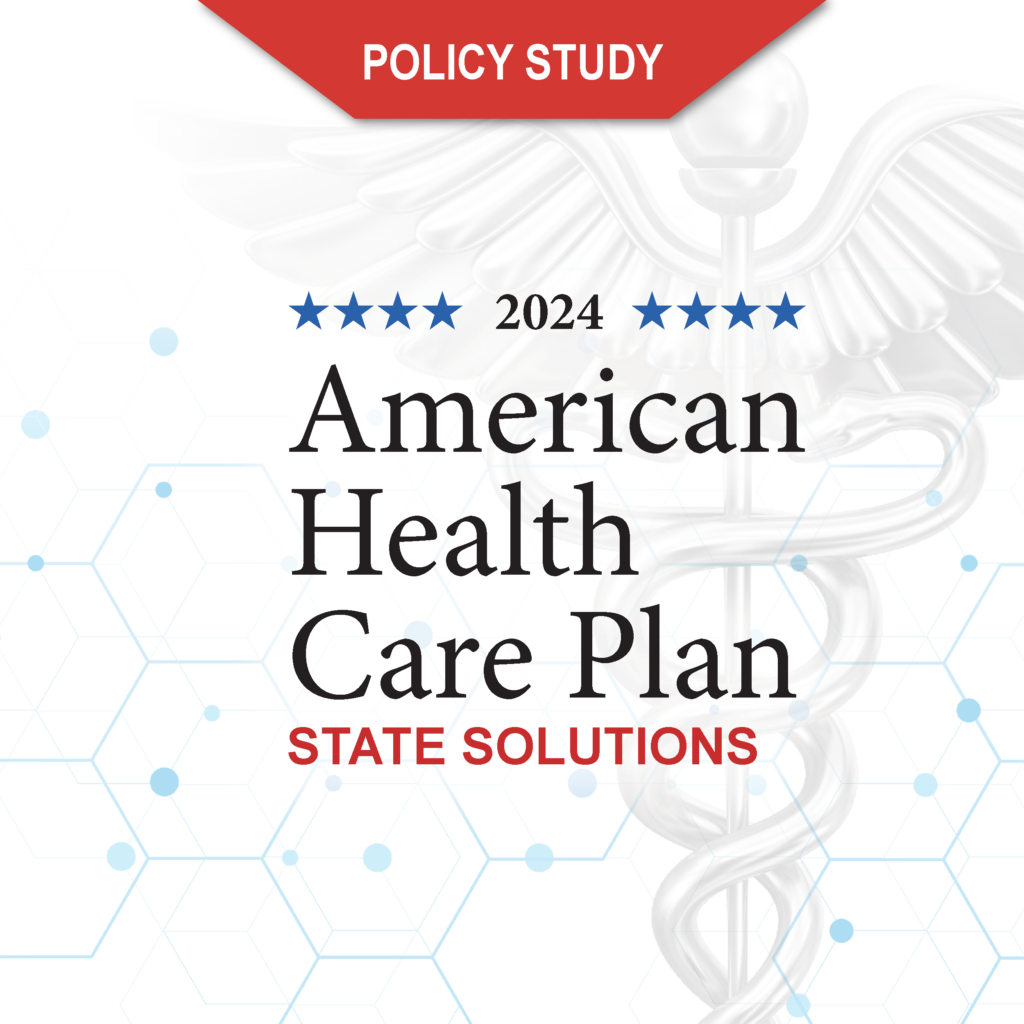The top tax rates in 39 states would climb above 50 percent under a plan to overhaul the nation’s health care system, according to an analysis by the nonpartisan Tax Foundation.
Congressman Charlie Rangel (D-NY) took the lead on the plan, introduced by Democratic Party leaders in the U.S. House of Representatives in July, which would impose a federal income surtax ranging from 1 percent to 5.4 percent, depending on income.
The plan would impose a surtax of 1 percent on married couples with adjusted gross income (AGI) between $350,000 and $500,000 (singles between $280,000 and $400,000); 1.5 percent on couples with incomes between $500,000 and $1 million (singles earning between $400,000 and $800,000); and 5.4 percent on couples earning more than $1 million (singles beyond $800,000).
In addition, employers who don’t provide health insurance for their workers would pay a penalty tax equal to 8 percent of wages if the employer has an annual payroll exceeding $400,000.
Rangel: ‘Moral Thing to Do’
“Reforming America’s health care system to control costs and improve access to quality affordable care is not only the moral thing to do, it is also critical to our economic recovery and the long-term fiscal health of our nation,” Rangel said in a statement.
But Tax Foundation President Scott Hodge worries about the economic damage Rangel’s proposal would do. Hodge notes the surtax would drive up marginal tax rates to more than 50 percent in most states, with an economic impact that would be felt throughout the economy. The marginal tax rate includes the total of local, state, and federal taxes.
“More than three-quarters of the states would face combined top income tax rates exceeding 50 percent under this latest health care funding proposal,” said Hodge. “That means government would be taking more than half of every additional dollar from high-income taxpayers. The lowest top tax rate would be about 47 percent—and that’s in the nine states that don’t tax wages.”
The hardest-hit states would be Oregon (57.5 percent), Hawaii (57.2 percent), New Jersey (57.1 percent), New York (56.9 percent), California (56.8 percent), Rhode Island (56.2 percent), Vermont (55.8 percent), Maryland (55.6 percent), Minnesota (54.4 percent), and Idaho (54.3 percent). The District of Columbia and New York City would see their top effective marginal rates rise to 55.0 percent and 58.7 percent, respectively.
The effective marginal tax rate, the measure used in the Tax Foundation’s calculations, takes into consideration deductions and adjustments in order to present a truer measure of an individual’s rate.
Big Blow to Small Business
“This proposed tax increase will be levied at a time when Americans can least afford it and will affect countless small businesses that file individual returns,” including sole proprietorships, S Corporations, and partnerships, said economist Jonathan Williams, director of the Tax and Fiscal Policy Task Force of the American Legislative Exchange Council.
“This tax increase is a job killer, plain and simple,” Williams added. “The rest of the world is moving in the direction of lower tax rates and flat taxes, and this would move America in the wrong direction in terms of competitiveness. The bottom line here is that no government has ever taxed its way into prosperity.”
High income taxes suppress the ability of many small-business owners to invest in their companies and create jobs, explains William Ahern, director of policy and communications at the Tax Foundation. “Many U.S. businesses are so-called pass-through entities, meaning they don’t pay taxes on their business income through the corporate income tax but rather through the individual income tax returns of owners. It’s reasonable to conclude, then, that these businesses will have less money left over to pay wages to workers.”
“High marginal tax rates depress private-sector growth, possibly hurting employment of middle-income people,” Ahern said.
Revenue Losses for Most States
Ahern also said states could end up with less revenue in their coffers if the federal income tax surcharge is levied.
“The federal government taps into the same income stream as the states, so it will squeeze state revenue to some extent,” Ahern said.
Michael Cannon, director of health policy studies at the Cato Institute, argues that in addition to doing economic damage, the proposed plan would fail to fix the problems with the U.S. health care system.
“The House Democrats predicate their health plan on the assumption that medicine will function more smoothly if government forces patients, doctors, and insurers to interact with the government dictating the terms of exchange. What on Earth makes Democrats think they know more about what patients need than the patients themselves is a mystery,” said Cannon.
Sarah McIntosh ([email protected]) teaches constitutional law and American politics at Wichita State University in Kansas.
For more information …
“House Leadership’s Health Care Plan Pushes Top Tax Rates Over 50% in 39 States,” Tax Foundation Fiscal Fact No. 178:



